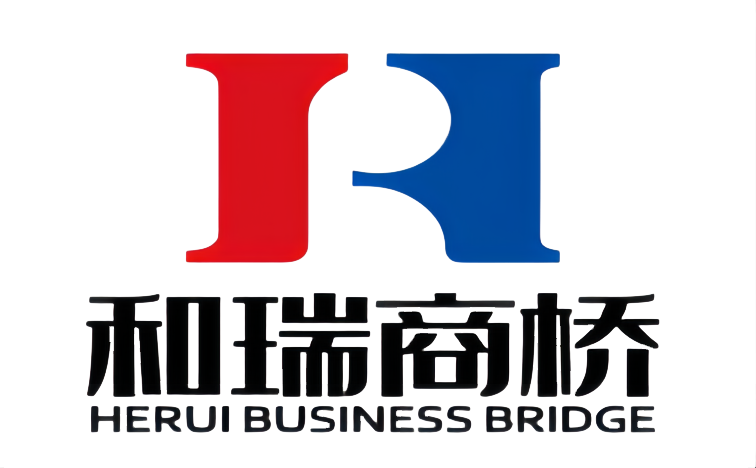The French Terry is a kind of knitted cloth. It is called fleece after being brushed. This kind of knitted fabric is mostly woven with displacement type padding yarn, so it is called displacement cloth or sweater cloth. Some places are called terry cloth and some places are called fish scale cloth. There are many kinds of fish scale cloth. (The fish scale cloth is named because the back of the cloth is a terry, and some of it looks like fish scale.) The weight is generally 190g/M2-350g/M2.
Thickness
1. Generally, the products below 250g are called Xiaoweiyi in the market, Weiyi Boy in the market, and Single Weiyi in the market. Because they are woven with a single yarn, they are relatively thin. The circle of the small sweater is smaller. It’s called small terry cloth
2. More than 280g, the market is called big sweater, and some people call double sweater. Because it is woven with two or even three yarns, this kind of cloth is relatively thick. The loops of David’s clothes are obviously larger, so people will call them big loops.
The terry surface on the back side can also be scratched. Some people say it is brushed, others say it is painted, and others call it napping. This kind of fleece will be thicker and warmer than the original terry cloth without fleece. This kind of cloth is generally about 280g-320g
Composition
1. 100% cotton
2. CVC (cotton polyester, containing more than 60% cotton)
3. TC/AB (about 30% cotton)
4. Polyester (100% polyester)
If they are made of the above four ingredients, then these sweaters have no elasticity. The elastic sweater is equipped with spandex, that is, spandex (market name: stretcher/Michigan) is basically added to the cotton, CVC, TC/AB, and polyester fabrics. After adding spandex, the sweater fabric will be elastic, and the composition of spandex generally accounts for 5% of the whole cloth.
The sweater/terry cloth/fish scale cloth with spandex can be divided into
1. Cotton stretch stretcher sweater/terry cloth/fish scale cloth
2. CVC elastic stretcher sweater/terry cloth/fish scale cloth
3. TC/AB elastic stretcher sweater/terry cloth/fish scale cloth
4. Polyester elastic stretcher sweater/terry cloth/fish scale cloth
Why do clothes pillage?
There are three main reasons for cloth pilling:
1. Fabric characteristics pilling.
The pilling difficulty of different fabrics is also different. Fiber properties have a great impact on fabric pilling. Fiber length, fineness, shape and surface properties also have a great impact on fabric pilling. In contrast, fine fibers are easier to pilling than coarse fibers, and blended fibers are easier to pilling than other fibers.
2. Friction electrostatic pilling.
Some chemical fibers have poor hygroscopicity and are easy to generate static electricity during drying and continuous friction. The static electricity makes the surface hairiness of their short fiber fabrics stand upright, thus creating conditions for fuzzing and pilling. For example, the static electricity of polyester is easy to absorb foreign particles and cause pilling.
3. Pilling due to improper washing.
Excessive washing time is likely to cause damage to the fabric fiber, resulting in fiber breakage, which increases the possibility of pilling; Excessive washing temperature (appropriate temperature: 20~45 ℃), incorrect detergent (neutral detergent is recommended), etc. may cause pilling.
The necessary condition for pilling is that the fiber should have enough strength to support pilling. Cotton and fine wool will break off in the pilling stage, so there is little chance for pilling. The chemical fiber is different. Polyester or acrylic fiber is very stubborn. It starts with fuzzing, then pilling, and then shearing. Clothes pilling is affected by fabric characteristics and cannot be avoided, but the degree can be controlled. Fine fibers are easier to pilling than coarse fibers, and blended fibers are easier to pilling than other fibers. For example, a chemical fiber and cotton fiber blended garment is easier to pilling than a pure cotton garment.
resolvent
The fundamental solution is to choose clothes that are not easy to pilling from the fabric when purchasing the sweater fabric, such as clothes made of natural fiber fabrics, such as pure cotton, silk, cashmere, etc. Natural wool is the best, but the price will be more expensive, and the warmth retention and softness will be higher.
The pure cotton sweater feels better and looks better. It is comfortable to wear, very soft, and it also absorbs sweat.
From Fabric Class
Post time: Nov-28-2022



